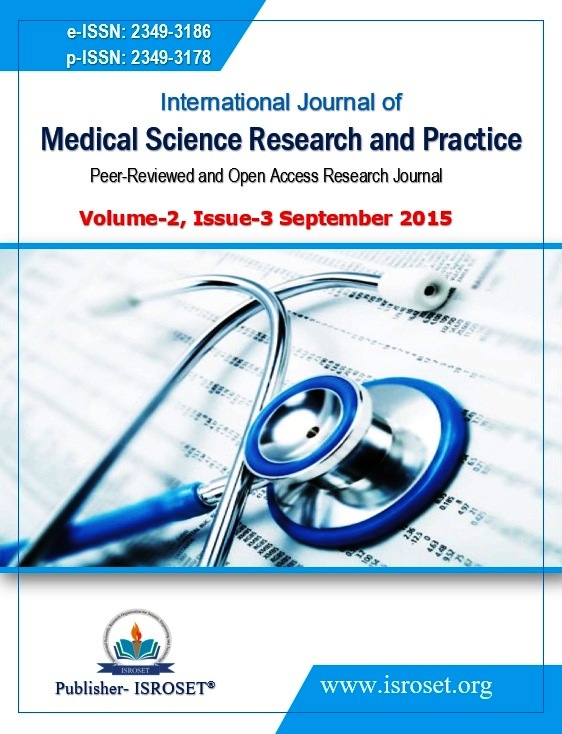The role of ultrasonography in the diagnosis of hydrops fetalis: A case report
Keywords:
Diagnosis, fetalis, hydrocele, hydrops, ultrasonographyAbstract
The objective of this report was to show the role of ultrasonography in the diagnosis of hydrops fetalis. The sonographic assessment revealed that there was increased amniotic fluid with hyperplacentosis. The transonic fluid interface was noted in the fetal abdomen in keeping with fetal ascites. There was bilateral pleural effusion with obvious subcutaneous scalp edema and right scrotal hydrocele. Ultrasound imaging is very effective and adequate in the diagnosis of hydrops fetalis.
References
Carbillon L, Oury JF, Guerin JM, Azancot A, Blot P. Clinical biological features of Ballantyne syndrome and the role of placental hydrops. Obstet Gynecol Surv 1997;52:310-4.
Carpenter RJ Jr, Strasburger JF, Garson A Jr, Smith RT, Deter RL, Engelhardt HT Jr. Fetal ventricular pacing for hydrops secondary to complete atrioventricular block. J Am Coll Cardiol 1986;8:1434-6.
Daniels G, Finning K, Martin P, Soothill P. Fetal blood group genotyping from DNA from maternal plasma: An important advance in the management and prevention of haemolytic disease of the fetus and newborn. Vox Sang 2004;87:225-32.
De Groot CJ, Oepkes D, Egberts J, Kanhai HH. Evidence of endothelium involvement in the pathophysiology of hydrops fetalis? Early Hum Dev 2000;57:205-9.
Enders M, Weidner A, Zoellner I, Searle K, Enders G. Fetal morbidity and mortality after acute human parvovirus B19 infection in pregnancy: Prospective evaluation of 1018 cases. Prenat Diagn 2004;24:513-8.
Fleischer AC, Killam AP, Boehm FH, Hutchison AA, Jones TB, Shaff MI, et al. Hydrops fetalis: Sonographic evaluation and clinical implications. Radiology 1981;141:163-8.
Kooper AJ, Janssens PM, de Groot AN, Liebrand-van Sambeek ML, van den Berg CJ, Tan-Sindhunata GB, et al. Lysosomal storage diseases in non-immune hydrops fetalis pregnancies. Clin Chim Acta 2006;371:176-82.
Rodis JF, Borgida AF, Wilson M, Egan JF, Leo MV, Odibo AO, et al. Management of parvovirus infection in pregnancy and outcomes of hydrops: A survey of members of the society of perinatal obstetricians. Am J Obstet Gynecol 1998;179:985-8.
Lewis M, Bowman JM, Pollock J, Lowen B. Absorption of red cells from the peritoneal cavity of an hydropic twin. Transfusion 1973;13:37-40.
van Kamp IL, Klumper FJ, Bakkum RS, Oepkes D, Meerman RH, Scherjon SA, et al. The severity of immune fetal hydrops is predictive of fetal outcome after intrauterine treatment. Am J Obstet Gynecol 2001;185:668-73.
Haverkamp F, Lex C, Hamisch C. Non-immunology hydrops fetalis: A review of 61 cases. Obstet Gynecol 1982;59:347.
Jauniaux E. Diagnosis and management of early non-immune hydrops fetalis. Prenat Diagn 1997;17:1261-8.
Downloads
Published
How to Cite
Issue
Section
License

This work is licensed under a Creative Commons Attribution 4.0 International License.
Authors contributing to this journal agree to publish their articles under the Creative Commons Attribution 4.0 International License, allowing third parties to share their work (copy, distribute, transmit) and to adapt it, under the condition that the authors are given credit and that in the event of reuse or distribution, the terms of this license are made clear.






